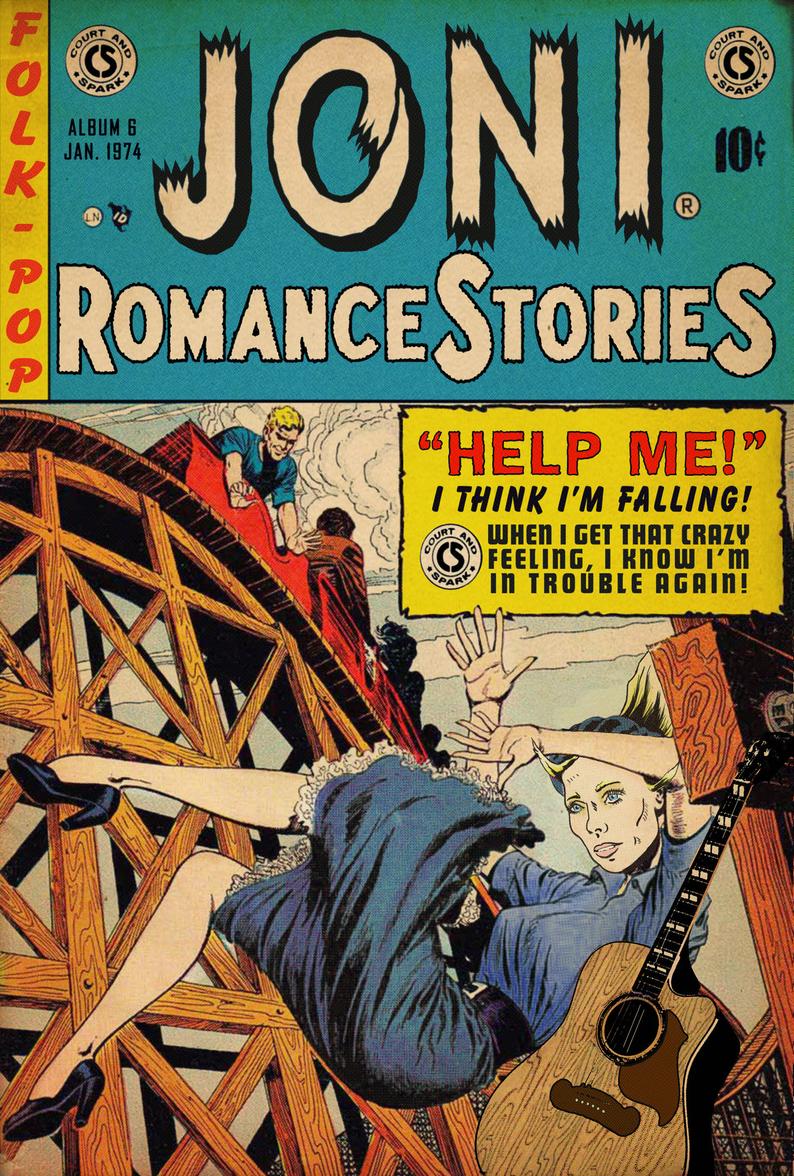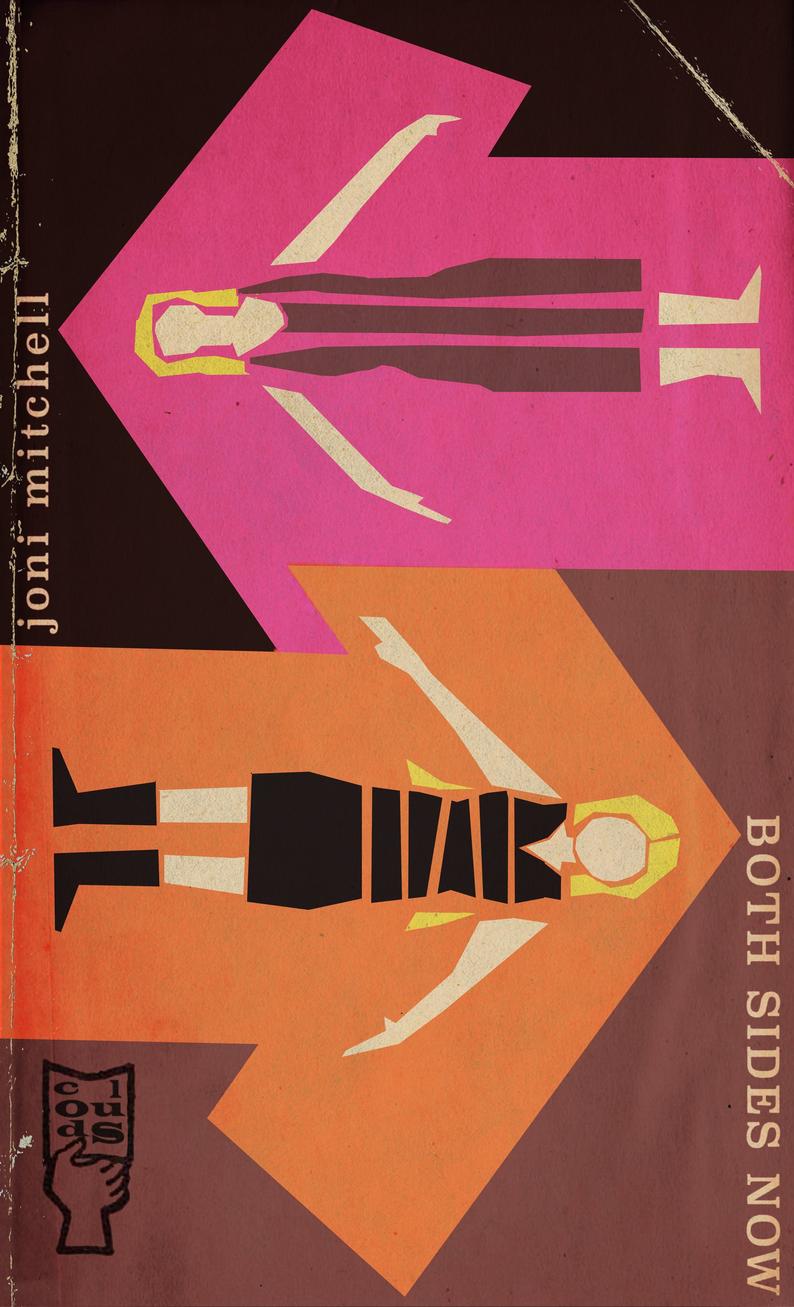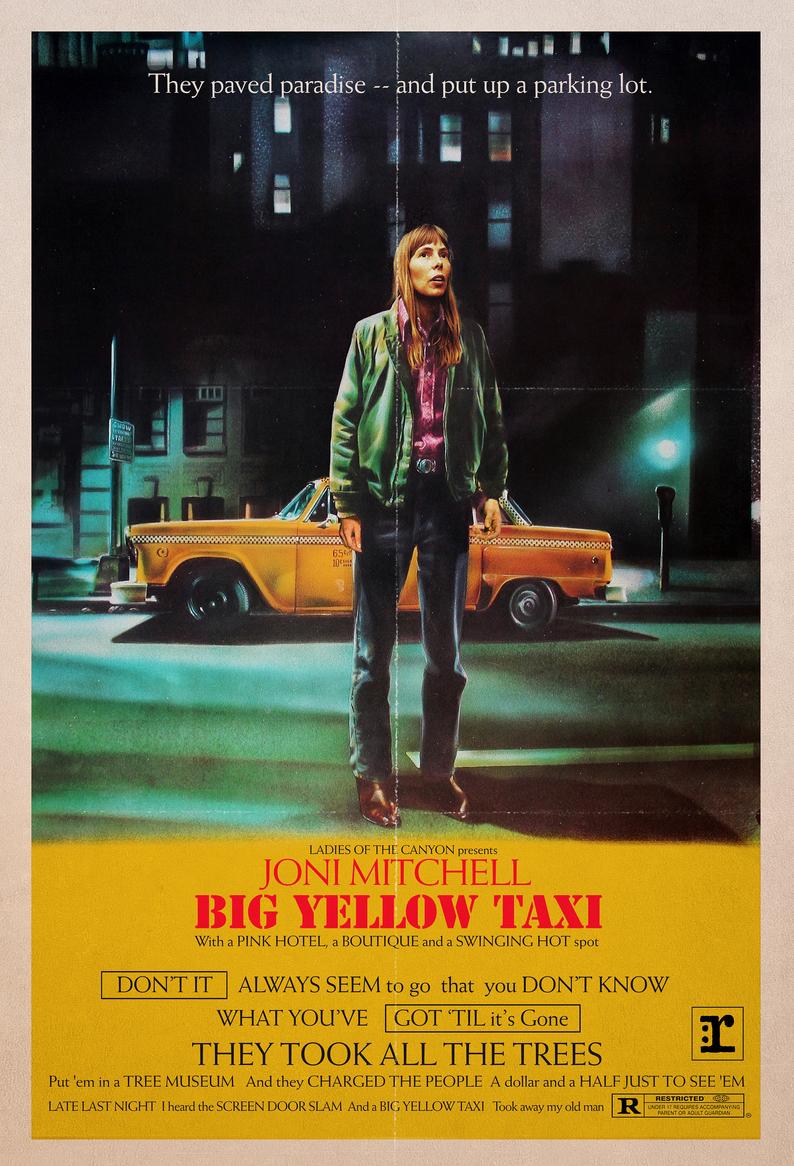Michel Houellebecq’s third novel Platform, which involves a terrorist bombing in southeast Asia, came out the year before a similar real-life incident occurred in Thailand. His seventh novel Submission, about the conversion of France into a Muslim country, came out the same day as the massacre at the offices of Islam-provoking satirical weekly Charlie Hebdo. His most recent novel Serotonin, in which farmers violently revolt against the French state, happened to come out in the early stages of the populist “yellow vest” movement. Houellebecq has thus, even by some of his many detractors, been credited with a certain prescience about the social and political dangers of the world in which we live today.
So too has a countryman of Houellebecq’s who did his writing more than 150 years earlier: Alexis de Tocqueville, author of Democracy in America, the enduring study of that then-new country and its daringly experimental political system. And what does perhaps France’s best-known living man of letters think of Tocqueville, one of his best-known predecessors? “I read him for the first time long ago and really found it a bit boring,” Houellebecq says in the interview clip above, with a flatness reminiscent of his novels’ disaffected narrators. “Then I tried again two years ago and I was thunderstruck.”
As an example of Tocqueville’s clear-eyed assessment of democracy, Houellebecq reads aloud this passage about its potential to turn into despotism:
I seek to trace the novel features under which despotism may appear in the world. The first thing that strikes the observation is an innumerable multitude of men, all equal and alike, incessantly endeavoring to procure the petty and paltry pleasures with which they glut their lives. Each of them, living apart, is as a stranger to the fate of all the rest; his children and his private friends constitute to him the whole of mankind. As for the rest of his fellow citizens, he is close to them, but he does not see them; he touches them, but he does not feel them; he exists only in himself and for himself alone; and if his kindred still remain to him, he may be said at any rate to have lost his country.
Above this race of men stands an immense and tutelary power, which takes upon itself alone to secure their gratifications and to watch over their fate. That power is absolute, minute, regular, provident, and mild. It would be like the authority of a parent if, like that authority, its object was to prepare men for manhood; but it seeks, on the contrary, to keep them in perpetual childhood: it is well content that the people should rejoice, provided they think of nothing but rejoicing. For their happiness such a government willingly labors, but it chooses to be the sole agent and the only arbiter of that happiness; it provides for their security, foresees and supplies their necessities, facilitates their pleasures, manages their principal concerns, directs their industry, regulates the descent of property, and subdivides their inheritances: what remains, but to spare them all the care of thinking and all the trouble of living?
Being a writer, Houellebecq naturally points out the deftness of Tocqueville’s style: “It’s magnificently punctuated. The distribution of colons and semicolons in the sections is magnificent.” But he also has comments on the passage’s philosophy, pronouncing that it “contains Nietzsche, only better.” The operative Nietzschean concept here is the “last man,” described in Thus Spoke Zarathustra as the presumable end point of modern society. If conditions continue to progress in the way they have been, each and every human being will become this last man, a weak, comfortable, complacent individual with nothing left to fight for, who desires nothing more than his small pleasure for the day, his small pleasure for the night, and a good sleep.
Safe to say that neither Nietzsche nor Tocqueville looked forward, nor does Houellebecq look forward, to the world of enervated last men into which democracy could deliver us. Houellebecq also reads aloud another passage from Democracy in America, one that now appears on the Wikipedia page for soft despotism, describing how a democratic government might gain absolute power over its people without the people even noticing:
After having thus successively taken each member of the community in its powerful grasp and fashioned him at will, the supreme power then extends its arm over the whole community. It covers the surface of society with a network of small complicated rules, minute and uniform, through which the most original minds and the most energetic characters cannot penetrate, to rise above the crowd. The will of man is not shattered, but softened, bent, and guided; men are seldom forced by it to act, but they are constantly restrained from acting. Such a power does not destroy, but it prevents existence; it does not tyrannize, but it compresses, enervates, extinguishes, and stupefies a people, till each nation is reduced to nothing better than a flock of timid and industrious animals, of which the government is the shepherd.
“A lot of what I’ve written could be situated within this scenario,” Houellebecq says, adding that in his generation the “definitive transformation of society into individuals” has been more complete than Tocqueville or Nietzsche would have imagined.
In addition to lacking a family, Houellebecq (whose second novel was titled Atomized) also mentions having “the impression of being caught up in a network of complicated, minute, and stupid rules” as well as “of being herded toward a uniform kind of happiness, toward a happiness which doesn’t really make me happy.” In the end, adds Houellebecq, the aristocratic Tocqueville “is in favor of the development of democracy and equality, while being more aware than anyone else of its dangers.” That the 19th-century America Tocqueville knew avoided them he credited to the “habits of the heart” of the American people. We citizens of democratic countries, whichever democratic country we live in, would do well to ask where the habits of our own hearts will lead us next.
Related Content:
How to Know if Your Country Is Heading Toward Despotism: An Educational Film from 1946
George Orwell’s Final Warning: Don’t Let This Nightmare Situation Happen. It Depends on You!
The History of Western Social Theory, by Alan MacFarlane, Cambridge University
Based in Seoul, Colin Marshall writes and broadcasts on cities, language, and culture. His projects include the book The Stateless City: a Walk through 21st-Century Los Angeles and the video series The City in Cinema. Follow him on Twitter at @colinmarshall, on Facebook, or on Instagram.














